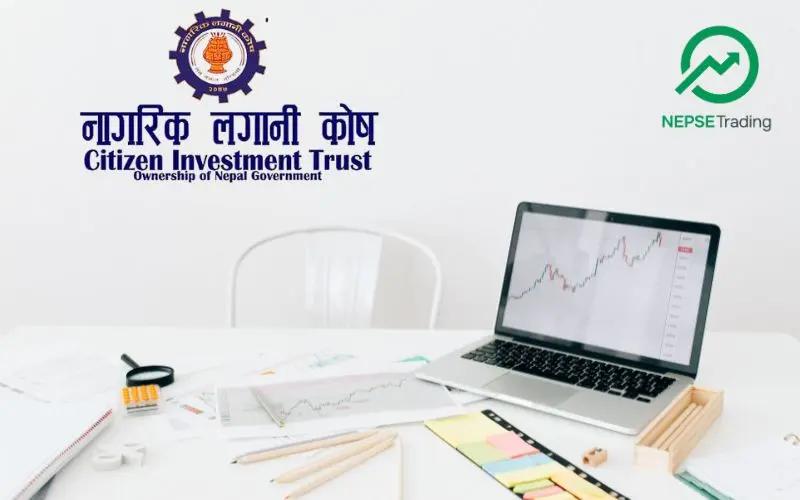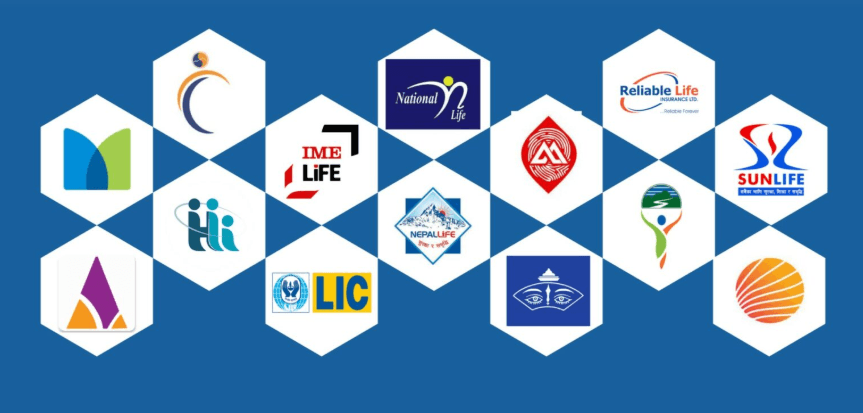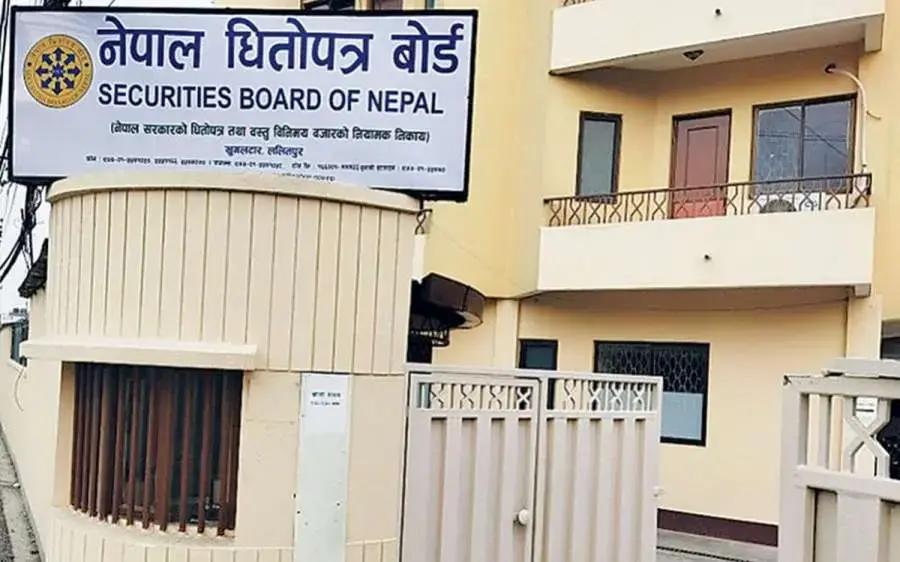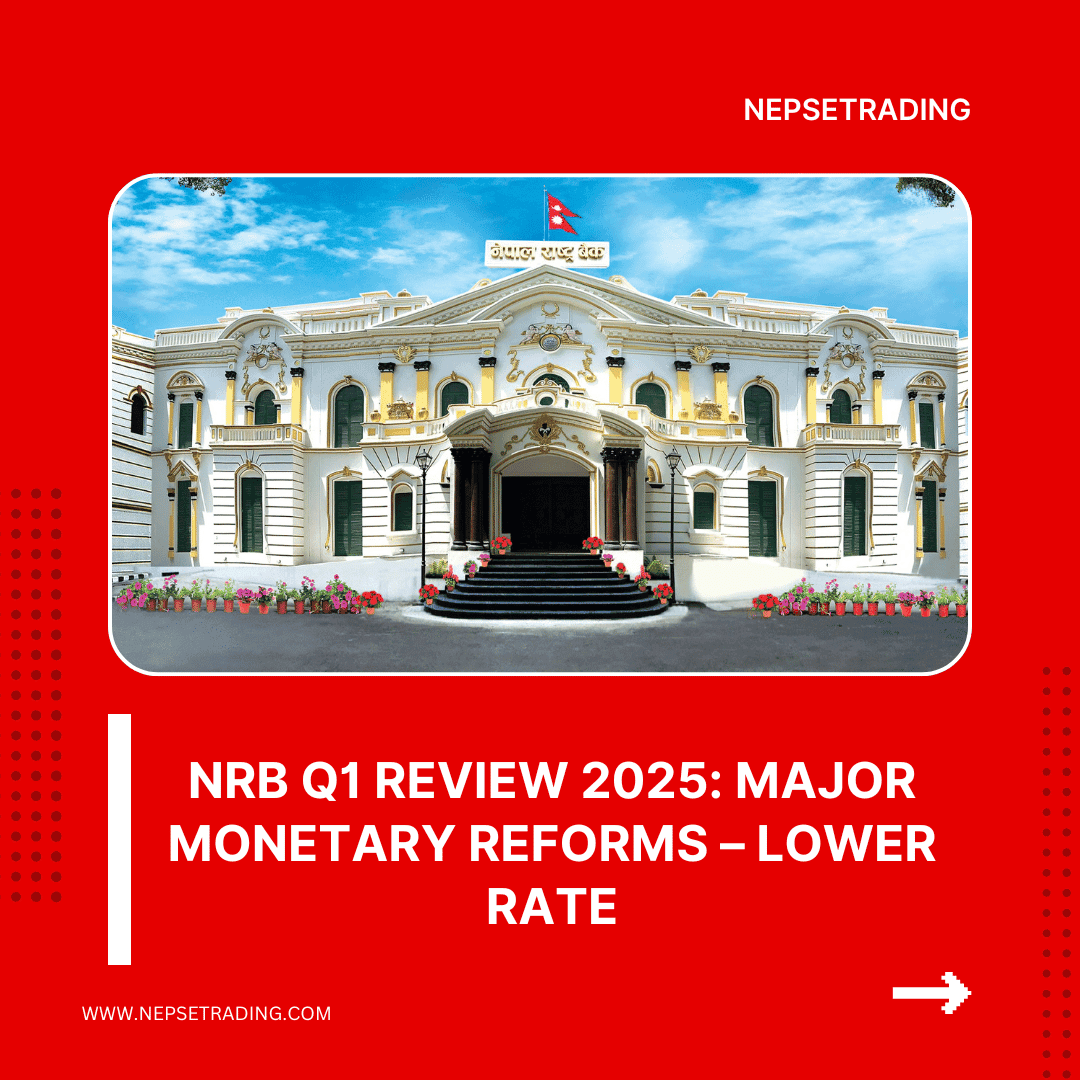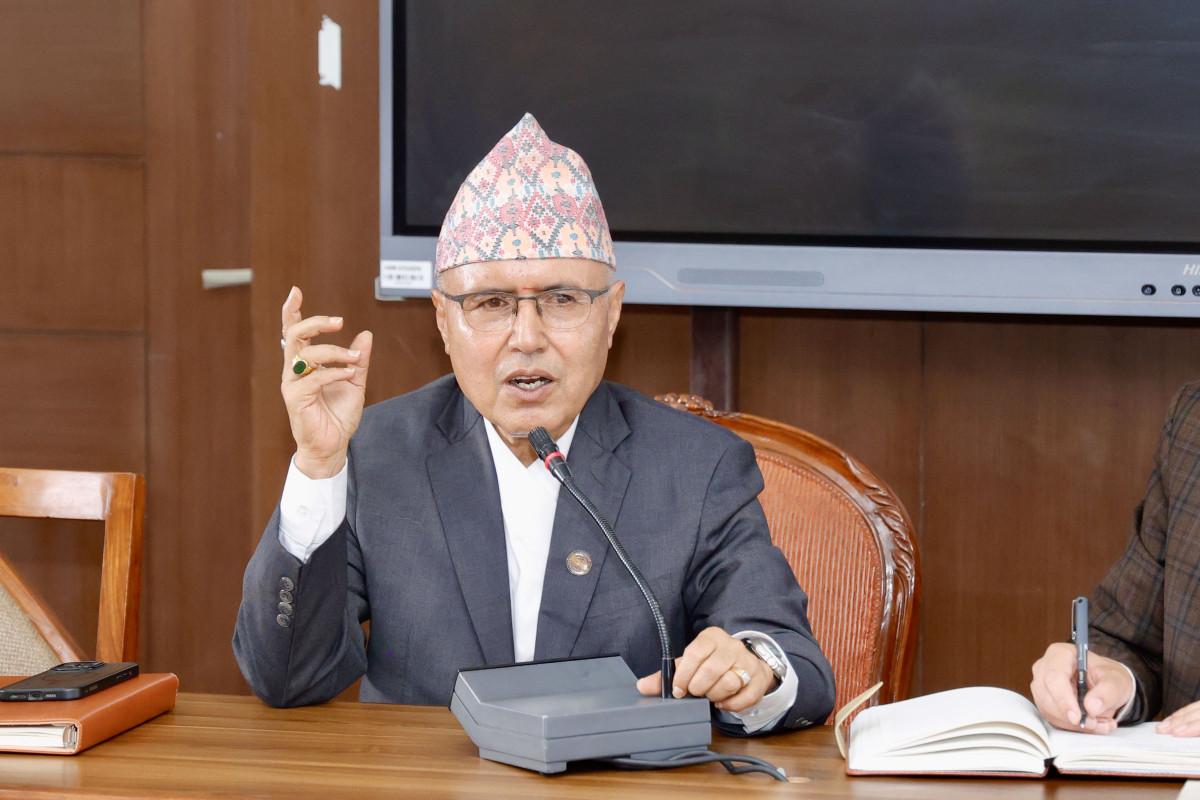By Dipesh Ghimire
Nepal Stock Exchange Sees Shift in Sectoral Dynamics as Listed Companies Reach 271

As of the end of Baisakh 2081/82, the Nepal Stock Exchange (NEPSE) has 271 listed companies—a significant increase from just 66 in FY 2050/51. While the quantity of listed firms shows steady growth, a closer look at sectoral composition reveals a dramatic shift in the structure and priorities of Nepal's capital market over the past three decades.
Growth of Listed Companies Over the Years
NEPSE's growth journey from 66 companies in FY 2050/51 to 271 in FY 2081/82 demonstrates a consistent increase in investor participation and corporate transparency. Key milestones in this growth include:
FY 2060/61: 114 listed companies
FY 2070/71: 237 companies (more than double from FY 2060/61)
FY 2080/81: 270 companies
FY 2081/82: 271 companies
This 310% growth over 32 years reflects increasing financial inclusion, economic diversification, and favorable regulatory frameworks.
Sector-Wise Comparison and Transformation
Early 2060s: Financial Sector Domination
In FY 2060/61, out of 114 listed companies, the financial sector (banks, development banks, finance, and insurance) held a 60.53% share. This dominance increased in FY 2070/71 to 86.27%:
29 commercial banks
59 development banks
55 finance companies
22 insurance companies
The real sector had minimal representation—with manufacturing holding 7.73% and hydropower just beginning with 4 listings.
FY 2080/81 and 2081/82: Emergence of Hydropower
By FY 2081/82, out of 271 companies:
134 companies (49.4%) are from the financial sector
91 companies (33.6%) are from the hydropower sector
22 companies (8.1%) are from manufacturing and processing
The rest are scattered across microfinance, tourism, trading, and investment companies
This indicates a significant sectoral realignment with the hydropower sector emerging as a dominant player, nearly closing in on the financial sector.
Interpretation and Analysis
Financial Sector Saturation
Between 2060 and 2070, relaxed licensing and expansion policies allowed explosive growth in banks and finance companies.
Post-2072 reforms, including mergers and licensing controls, have led to a plateau in new listings from this sector.
Rise of the Hydropower Sector
A key structural shift came post-2070 with aggressive infrastructure development and the government’s push for electricity export.
91 hydropower firms now represent one-third of NEPSE, up from virtually zero in the early 2060s.
Stagnation in Manufacturing & Real Sector
Manufacturing, once holding 25.4% in 2060, now sits at just 8.1%.
Reasons include high entry barriers, energy costs, policy inconsistency, and weak export competitiveness.
Minimal Growth in Tourism, Trading, and Investment Sectors
Despite Nepal’s tourism potential, only 7 hotel and tourism firms are listed.
Trading and investment companies show negligible growth, suggesting underutilization of capital markets by these sectors.
Sector-Wise Listing Table (FY 2081/82)
Sector | No. of Companies | Percentage (%) |
|---|---|---|
Commercial Bank | 19 | 7.0 |
Development Bank | 16 | 5.9 |
Finance Company | 20 | 7.4 |
Microfinance | 50 | 18.5 |
Life Insurance | 14 | 5.2 |
Non-life Insurance | 13 | 4.8 |
Hydropower | 91 | 33.6 |
Manufacturing & Processing | 22 | 8.1 |
Hotel & Tourism | 7 | 2.6 |
Trading | 4 | 1.5 |
Investment | 7 | 2.6 |
Others | 7 | 2.6 |
Total | 271 | 100.0 |
The structural shift in NEPSE's composition marks a new era. While financial institutions still dominate, hydropower's rise is a signal of Nepal's future economic focus. For sustained and inclusive growth, NEPSE must now attract more real sector companies, including those in tourism, agriculture, manufacturing, and IT.
This transition will not only improve sectoral balance but also ensure the stock market better reflects Nepal’s diverse economic fabric. Regulatory bodies, investors, and businesses must now collaborate to deepen capital markets and broaden access for emerging sectors.


